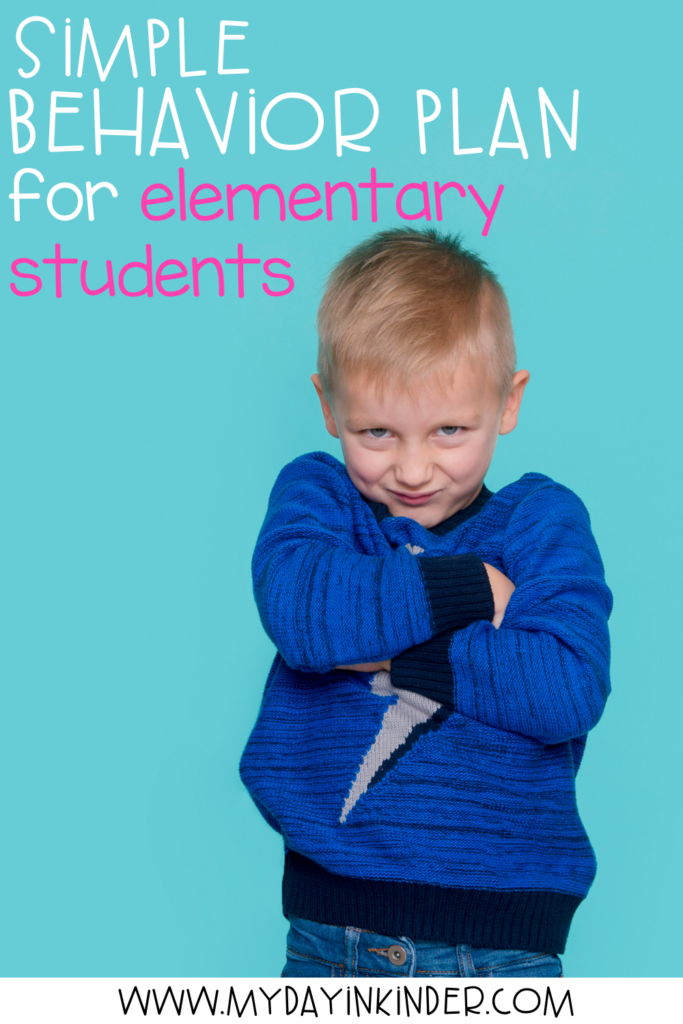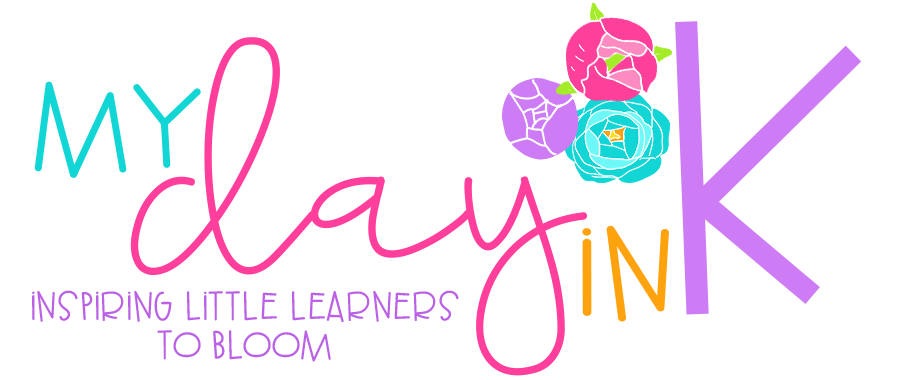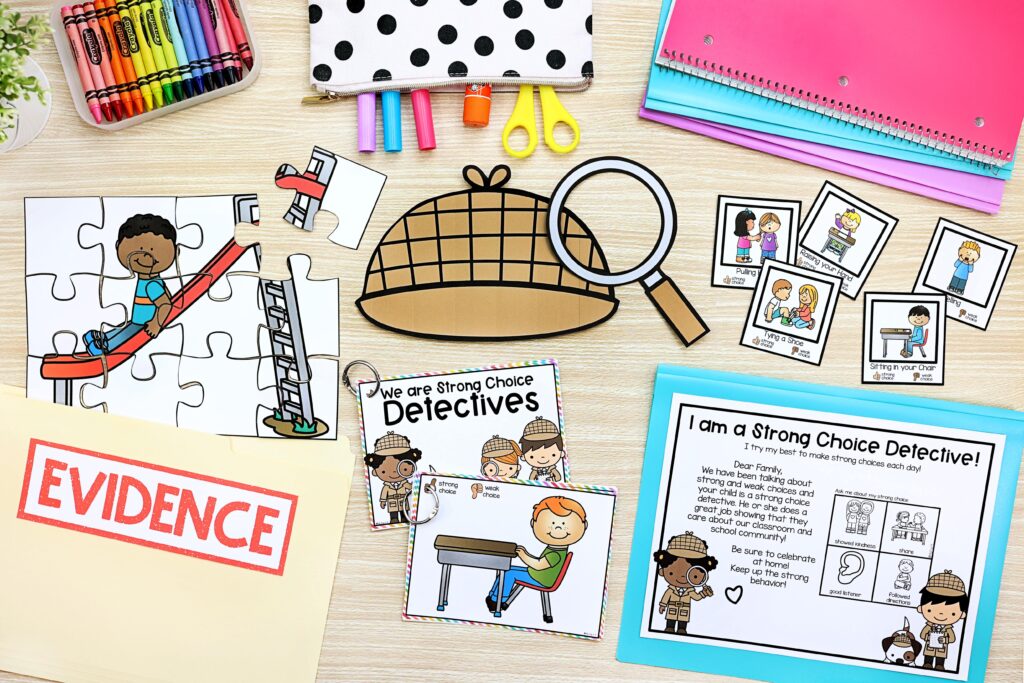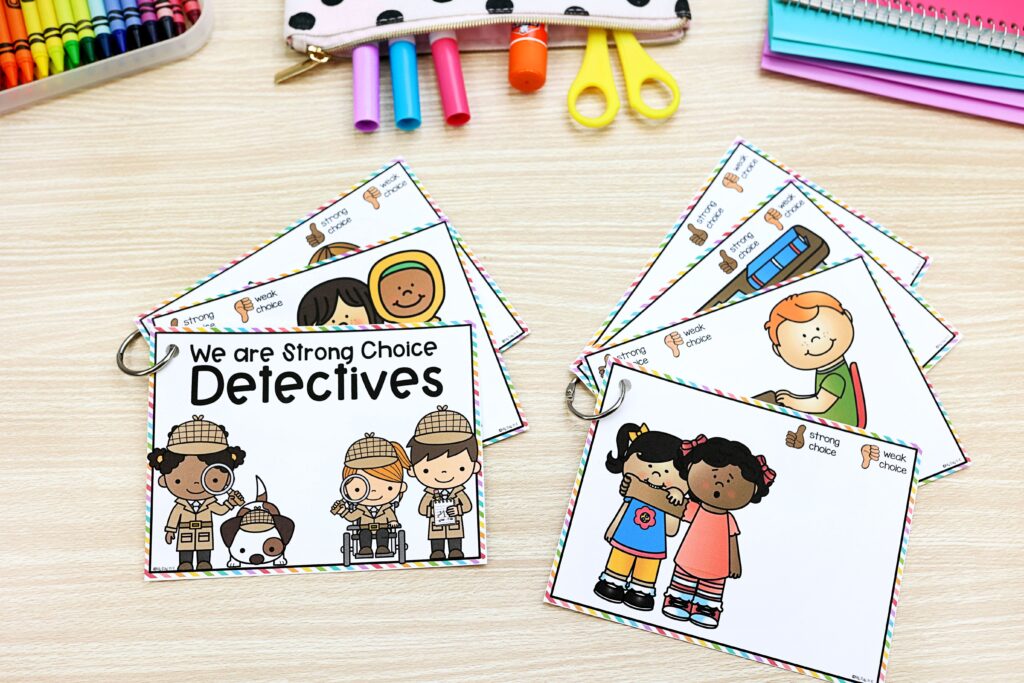Behavior Plan for Elementary Students: Strong vs. Weak Choices
Navigating the world of behavior management in elementary school can feel like walking a tightrope. Between managing disruptive behaviors and fostering positive classroom relationships, teachers often wonder where to start. That’s where a behavior plan for elementary students comes in. Whether you’re a new teacher just starting or a seasoned pro looking for fresh ideas, having a well-structured behavior plan is always best. It can significantly shape the classroom environment.
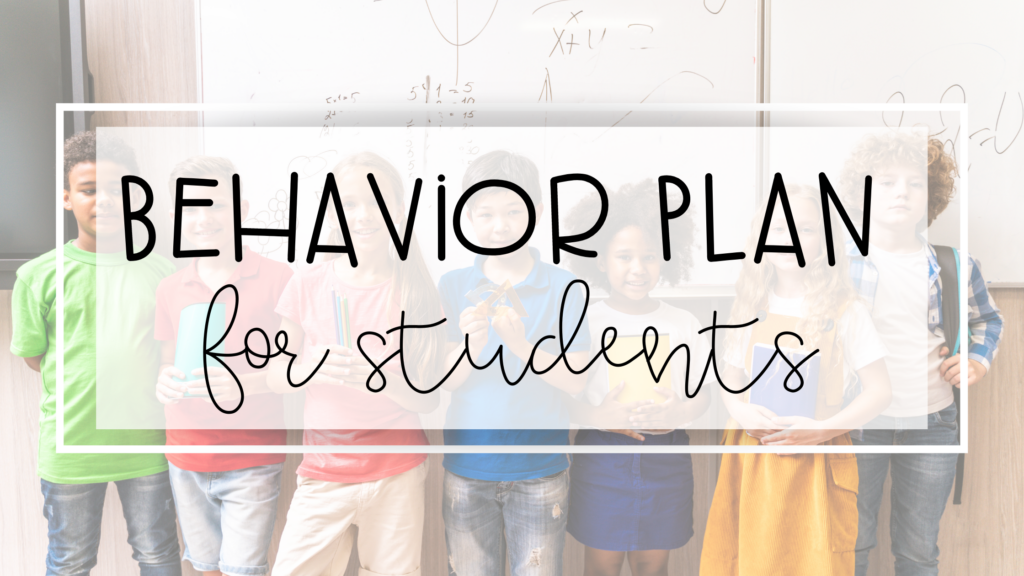
What Is a Behavior Plan?
A behavior plan is a structured approach designed to address specific student behaviors. It often focuses on replacing problematic behaviors with more appropriate ones. It can be tailored for individual students or used as a classroom behavior management plan for the entire class. These plans often include specific strategies, positive behavior interventions, and behavioral supports to help students learn the necessary skills for success in school settings.
Behavior plans are not just for students with significant behavior issues. They’re effective tools for addressing challenging behaviors like disruptive, aggressive, and even the occasional negative behavior that arises during the school year.
Why Are Behavior Plans Helpful in the Classroom?
Having a behavior plan is a good way to set clear behavioral expectations and create a positive, structured classroom environment. Here are a few key reasons they’re essential:
- Consistency: A behavior intervention plan provides a common language for teachers and school staff. If needed, for specific students, parents may be invited to address student behavior.
- Positive Reinforcement: Rewarding good behavior encourages students to repeat it, reducing the need for negative consequences.
- Support for Struggling Students: Behavior plans offer needs-based behavior interventions for students facing behavior problems, helping them develop new skills for managing their own behavior.
- Collaboration: Plans may involve input from special education teachers, school counselors, social workers, and school psychologists, ensuring that students’ needs are met. Remember, this is more for specific students. You should always implement a classroom management system that feels right to you within your classroom.
- Proactive Approach: By addressing target behaviors early, teachers can prevent power struggles and larger behavior concerns in the school year.
Using the Strong vs. Weak Choices Resource
The Strong Vs. Weak Choices resources pair beautifully with any classroom management plan. You could easily use the Strong vs. Weak Choices Digital Slides or try the Strong vs. Weak Detectives. These resources are a fantastic tool for elementary school teachers to explicitly teach the difference between appropriate behaviors (strong choices) and inappropriate behaviors (weak choices).
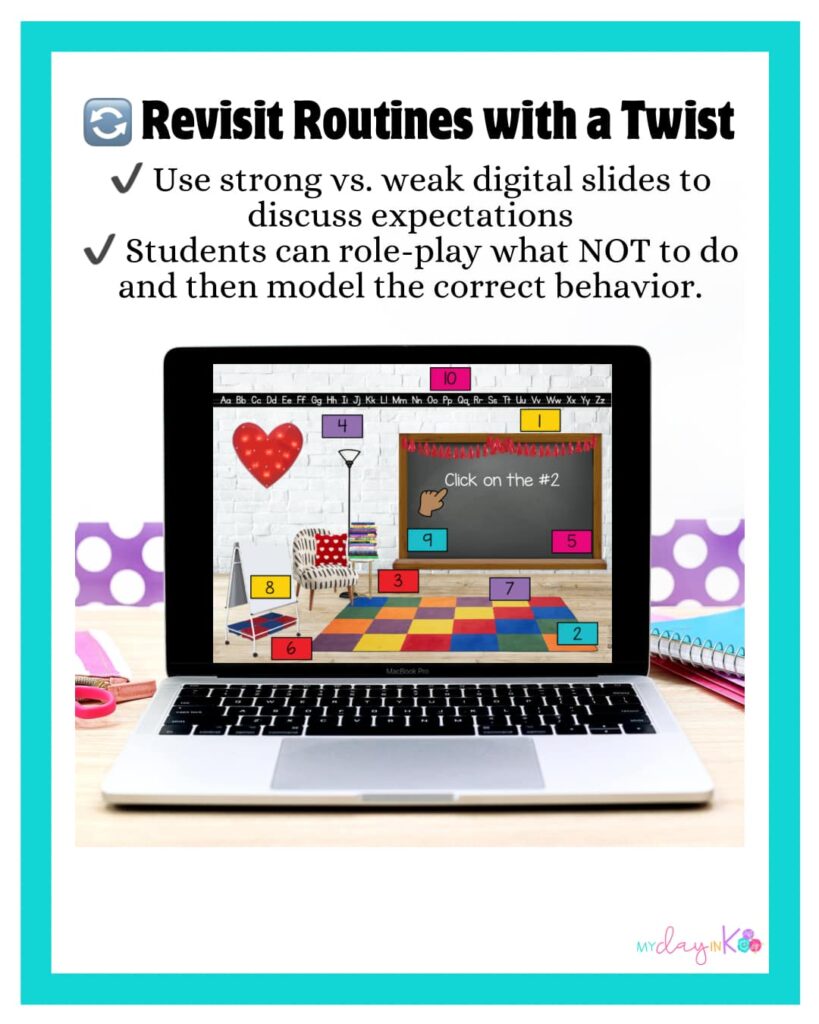
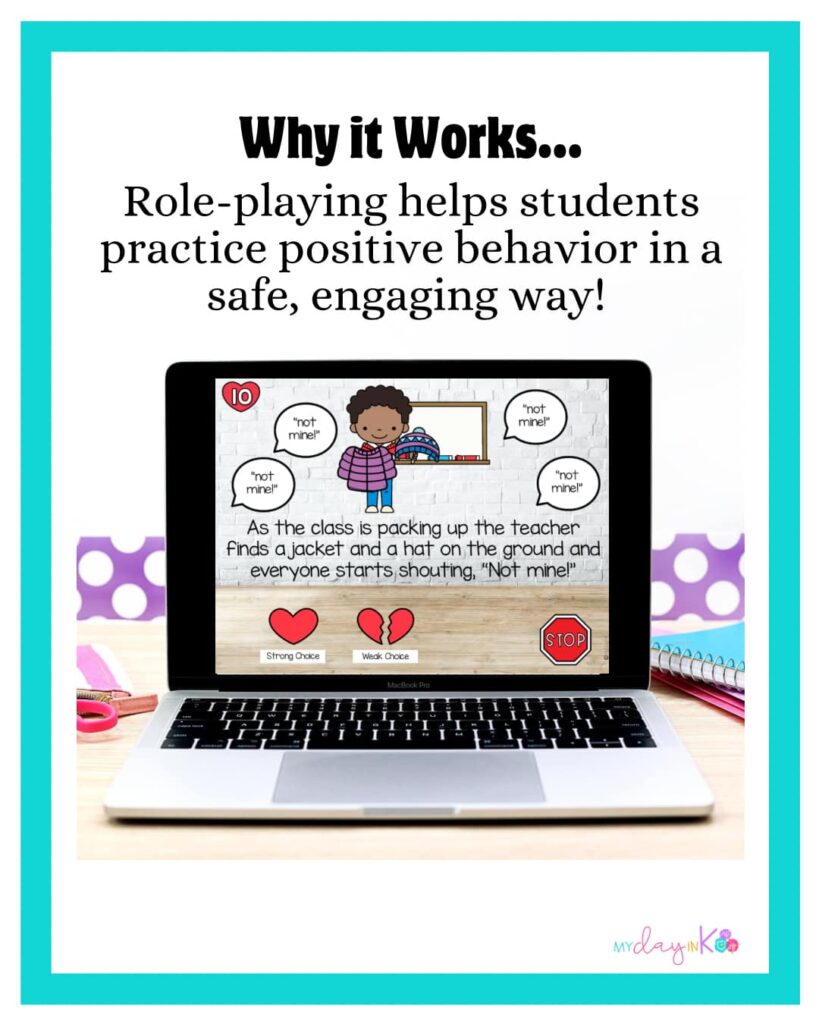
How It Works:
- Interactive Lessons: The digital slides guide students through specific behaviors, providing clear examples and fostering a personal connection to their choices.
- Behavioral Expectations: It helps establish explicit statements about what is acceptable in the classroom.
- Positive Reinforcement: Teachers can pair this tool with sticker charts or brown bucks to reward students for making strong choices.
- Antecedent Modifications: By addressing the behavior before it escalates, this resource helps prevent disruptive behavior from occurring in the first place.
Steps to Create a Behavior Plan
Creating a behavior plan for elementary students doesn’t have to be overwhelming. By breaking the process into manageable steps, you can address problem behavior effectively and help students succeed. Whether you’re dealing with challenging behaviors or simply want to refine your classroom behavior management plan, these steps will guide you toward a solution tailored to your student’s needs.
- Identify the problem: Use tools like a functional behavior assessment to pinpoint the problem behavior and its triggers.
- Set goals: Clearly define the target behavior and the replacement behavior you want the student to develop. Use a behavior chart or other resources so students can see their progress.
- Develop strategies: Incorporate positive behavior interventions, antecedent modifications, and rewards for appropriate behaviors.
- Collaborate: Work with school staff, such as special education teachers, school counselors, and social workers, to design the plan.
- Monitor progress: Regularly review the student’s behavior and adjust the plan as needed.
Tips for Success
Implementing a behavior plan is just the beginning. To ensure your efforts pay off, follow these tips to maximize success:
- Start the first week of school with clear classroom rules and behavioral expectations.
- Build positive relationships with students to reduce behavior concerns.
- Use a mix of positive reinforcement and logical consequences for negative behavior.
- Involve the entire school community, including support staff and parents, for a united approach.
- Make necessary changes to your plan as the school year progresses.
By laying the groundwork with these steps and tips, you’ll be better equipped to handle various aspects of student behavior while fostering a positive classroom environment. Don’t forget, you can create some goals for yourself too. Teachers are never too old to try something new and set S.M.A.R.T. goals.
Final Thoughts
A well-thought-out behavior plan for elementary students is one of the most important things a teacher can implement by combining specific strategies like the Strong Vs. Weak Choices resource with a proactive and collaborative approach, you can create an optimal experience for both teachers and students. Whether you’re tackling disruptive behavior, addressing behavior issues, or fostering positive relationships, having the right tools and a clear plan will save you a lot of time and headaches.
Let’s make this school year one of growth, learning, and fewer behavior problems—starting with a solid classroom management plan!
